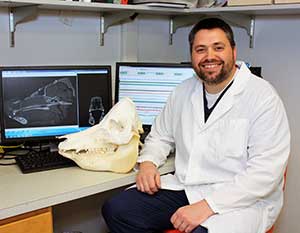
Source:Brain Stimulation
Author(s): Kristen. R. Maynard, John W. Hobbs, Sumita Rajpurohit, Keri Martinowich
BackgroundElectroconvulsive therapy (ECT) is a rapid and effective treatment for major depressive disorder. Chronic stress-induced depression causes dendrite atrophy and deficiencies in brain-derived neurotrophic factor (BDNF), which are reversed by anti-depressant drugs. Electroconvulsive seizures (ECS), an animal model of ECT, robustly increase BDNF expression and stimulate dendritic outgrowth.ObjectiveThe present study aims to understand cellular and molecular plasticity mechanisms contributing to the efficacy of ECS following chronic stress-induced depression.MethodsWe quantify Bdnf transcript levels and dendritic spine density and morphology on cortical pyramidal neurons in mice exposed to vehicle or corticosterone and receiving either Sham or ECS treatment.ResultsECS rescues corticosterone-induced defects in spine morphology and elevates Bdnf exon 1 and exon 4-containing transcripts in cortex.ConclusionsDendritic spine remodeling and induction of activity-induced BDNF in the cortex represent important cellular and molecular plasticity mechanisms underlying the efficacy of ECS for treatment of chronic stress-induced depression.
from #ORL-AlexandrosSfakianakis via ola Kala on Inoreader https://ift.tt/2qbBWOz







